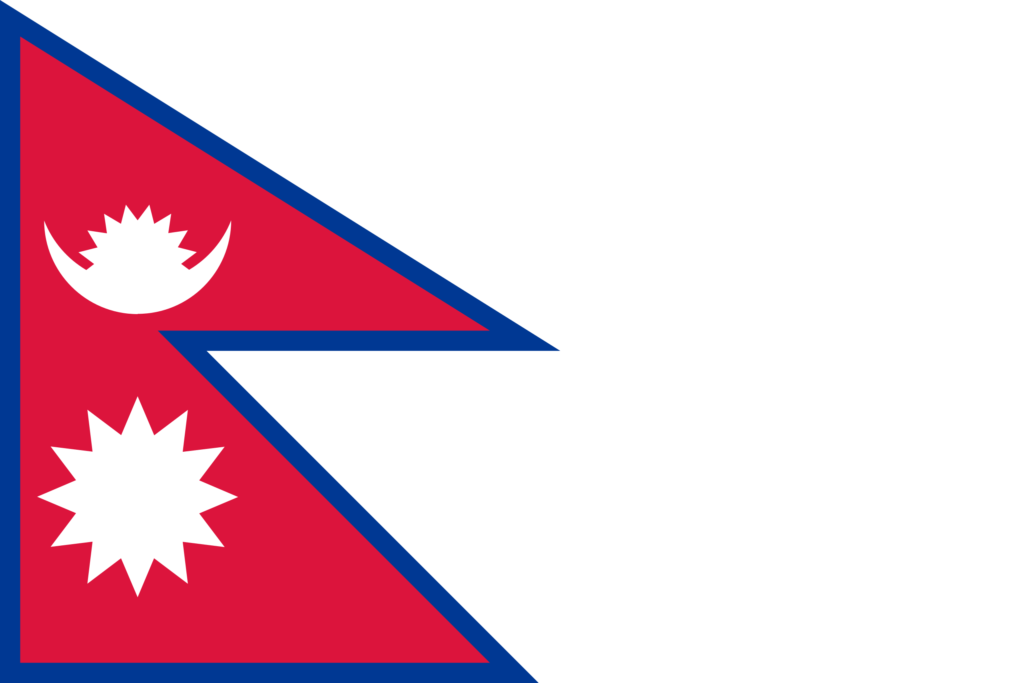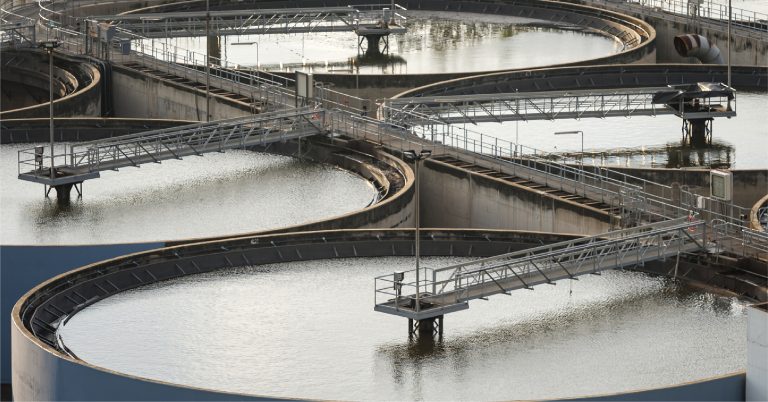Water scarcity and contamination are pressing concerns in Nepal, where access to clean and safe water is essential for improving public health and fostering sustainable development. Nanofiltration, an advanced water treatment technology, has emerged as a key solution for addressing these challenges. Nanofiltration water treatment is becoming increasingly popular in Nepal due to its ability to remove contaminants while retaining beneficial minerals.
This blog will explore nanofiltration in water treatment, how it works, and its applications in Nepal. We will also delve into the role of nanofiltration membranes for water treatment and their significance in achieving clean, sustainable water resources.
What is Nanofiltration in Water Treatment?
Nanofiltration is a membrane-based water treatment process that removes dissolved salts, organic compounds, and other impurities from water while allowing essential minerals to pass through. The nanofiltration membrane operates on the principle of selective permeability, with pore sizes ranging between 0.001 and 0.01 microns. This size is smaller than those used in ultrafiltration but larger than reverse osmosis membranes, making nanofiltration ideal for specific water purification needs.
Nanofiltration water treatment is particularly effective in reducing water hardness, removing pesticides, and eliminating harmful pathogens. It is widely used for treating brackish water, groundwater, and industrial effluents, as well as for producing safe drinking water.
How Nanofiltration Works?
The nanofiltration process relies on a semi-permeable membrane that separates contaminants from water based on size, charge, and molecular weight. The process typically includes the following steps:
- Pre-treatment: Before water enters the nanofiltration system, pre-treatment is carried out to remove large particles, sediments, and chlorine that could damage the membrane. Pre-treatment often includes filtration, sedimentation, and the use of antiscalants.
- Pressurization: Water is then pressurized using a high-pressure pump to force it through the nanofiltration membrane. The applied pressure is lower than that required for reverse osmosis, making nanofiltration more energy-efficient.
- Filtration: As water passes through the nanofiltration membrane for water treatment, contaminants such as salts, nitrates, and organic compounds are retained on one side of the membrane while clean water permeates through to the other side.
- Post-treatment: The treated water may undergo additional processes, such as remineralization or disinfection, to ensure it meets quality standards for its intended use.
Applications of Nanofiltration Water Treatment in Nepal
Nanofiltration is versatile and can address a variety of water challenges in Nepal. Some key applications include:
1. Drinking Water Purification
Nanofiltration water treatment is highly effective in producing safe drinking water by removing bacteria, viruses, and harmful chemicals while retaining essential minerals. This is particularly beneficial for rural and urban communities in Nepal, where water contamination is a major concern.
2. Hardness Removal
Many regions in Nepal face issues with hard water, which can cause scaling in pipes and appliances. Nanofiltration membranes effectively remove calcium and magnesium ions, making the water softer and more suitable for domestic and industrial use.
3. Industrial Water Treatment
Industries in Nepal, such as textiles, pharmaceuticals, and food processing, require high-quality water for their processes. Nanofiltration water treatment ensures the removal of impurities that could affect product quality or damage equipment.
4. Groundwater Treatment
Groundwater in Nepal often contains high levels of dissolved salts, nitrates, and arsenic. Nanofiltration systems are effective in treating groundwater, reducing these contaminants to safe levels for drinking and irrigation.
5. Agricultural Applications
Nanofiltration water treatment is also used to treat water for agricultural irrigation, removing harmful salts that could otherwise degrade soil quality and affect crop yields.
The Role of Nanofiltration in Nepal’s Water Security
As Nepal grapples with water scarcity and pollution, the adoption of advanced technologies like nanofiltration is crucial. Nanofiltration can support the country’s efforts to achieve water security and sustainable development by providing a reliable solution for removing contaminants and improving water quality.
With its ability to treat diverse water sources and address specific purification needs, nanofiltration is well-suited to meet the unique challenges of water management in Nepal. From rural villages to bustling cities, this technology can ensure access to clean, safe water for all.
Advanced Industrial Water Solutions by Ion Exchange
HYDRAMEM Cross-Linked Fully Aromatic Polyamide (Thin Film) Composite Nano Filtration Elements (NFEs) are engineered with a durable hard outer shell, making them ideal for demanding industrial applications that require high stability across a range of temperatures and pH levels. These advanced NFEs deliver superior rejection rates for bivalent ion removal, effectively softening brackish water, desalting dyes, treating textile brines, and recovering chemical salts. Their innovative design ensures efficient filtration, contributing to enhanced operational efficiency and cost savings in industrial water treatment processes. Some of our product range includes:
Conclusion
Nanofiltration is a powerful and versatile technology that is transforming water treatment processes in Nepal. By understanding what nanofiltration in water treatment is and utilizing nanofiltration membranes for water treatment, communities and industries in Nepal can access cleaner, safer, and more sustainable water resources.
Connect with Ion Exchange experts in Nepal to implement nanofiltration water treatment systems.


